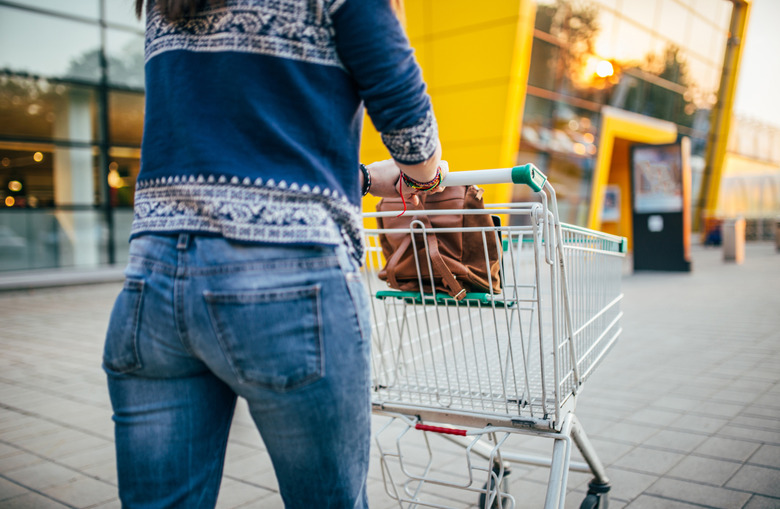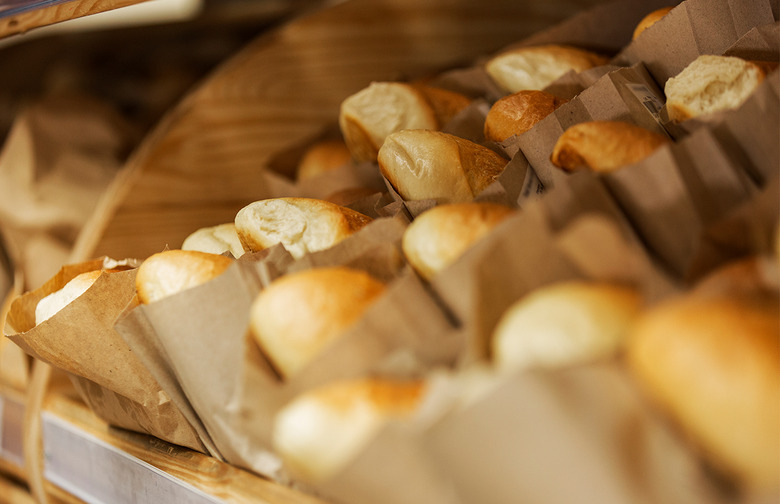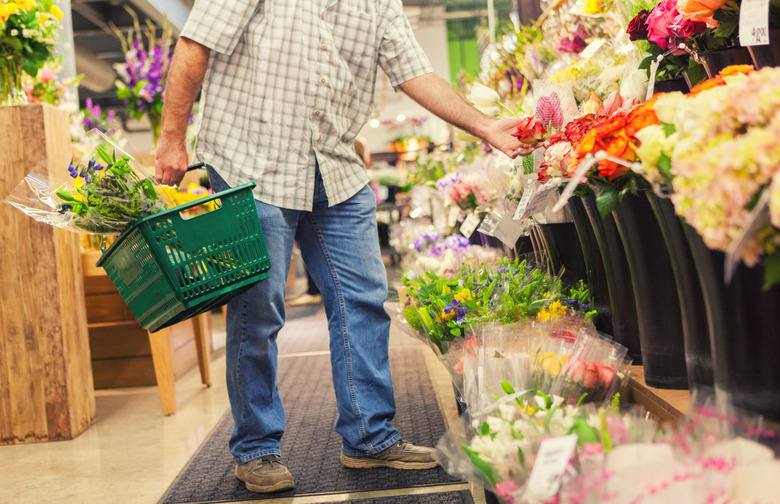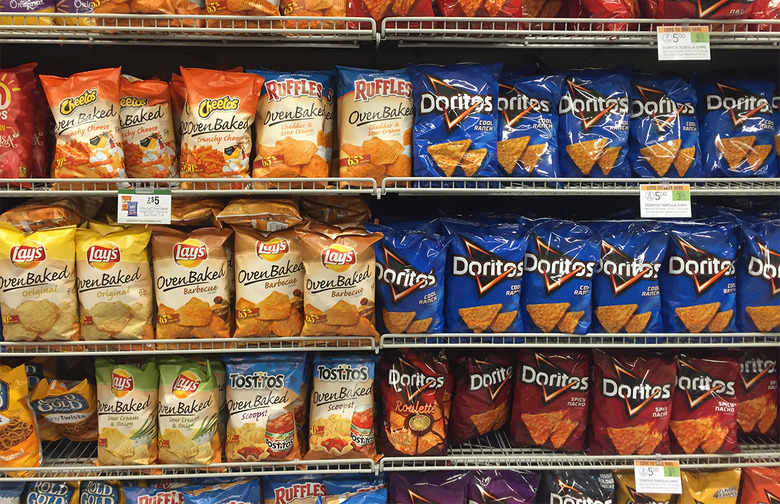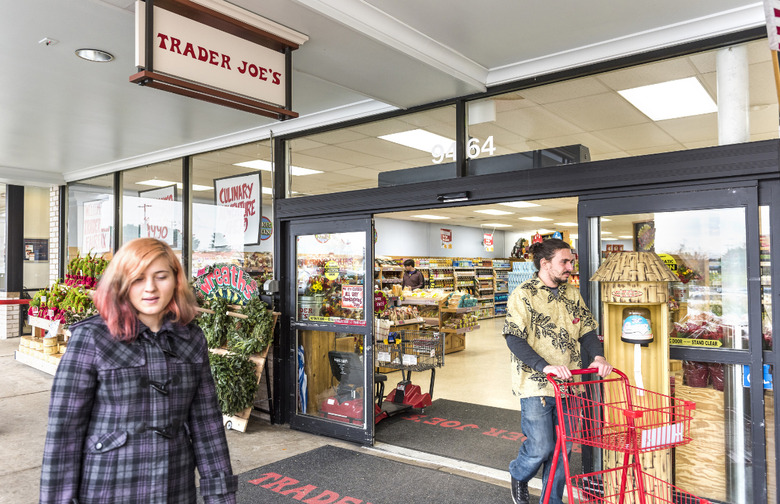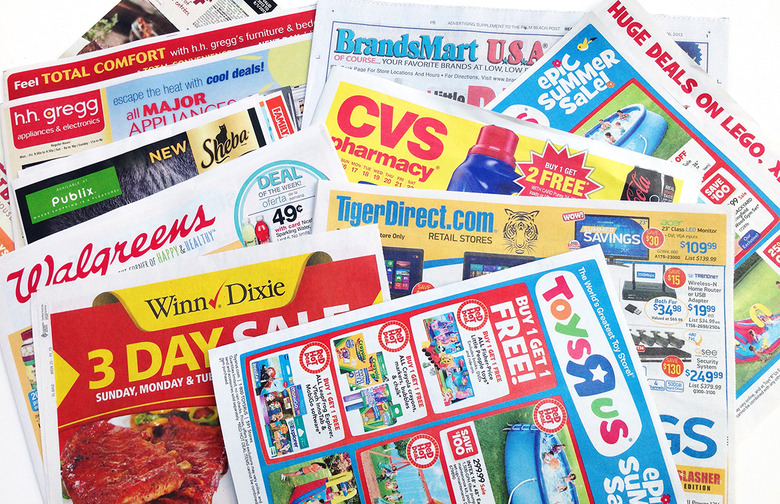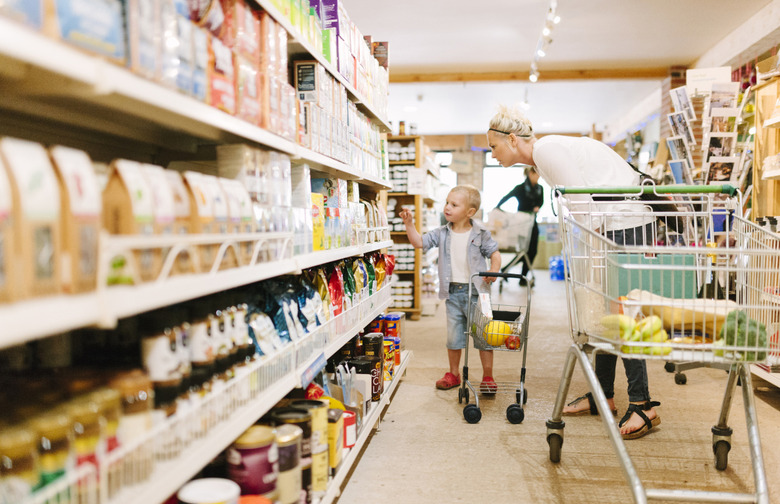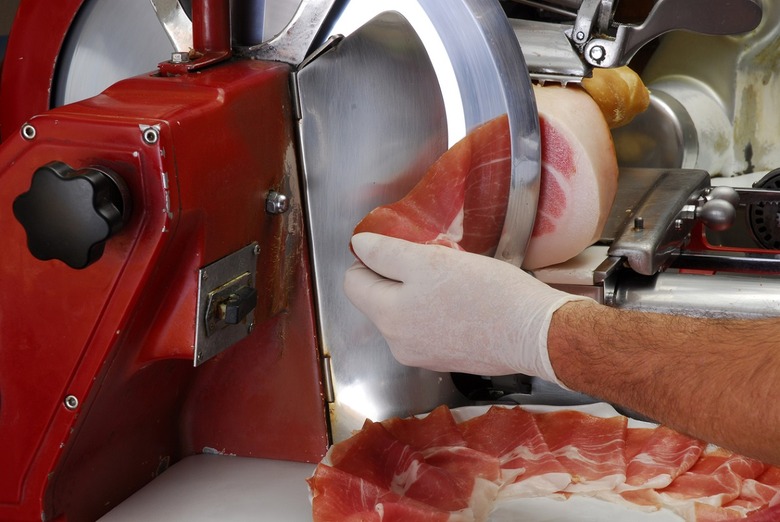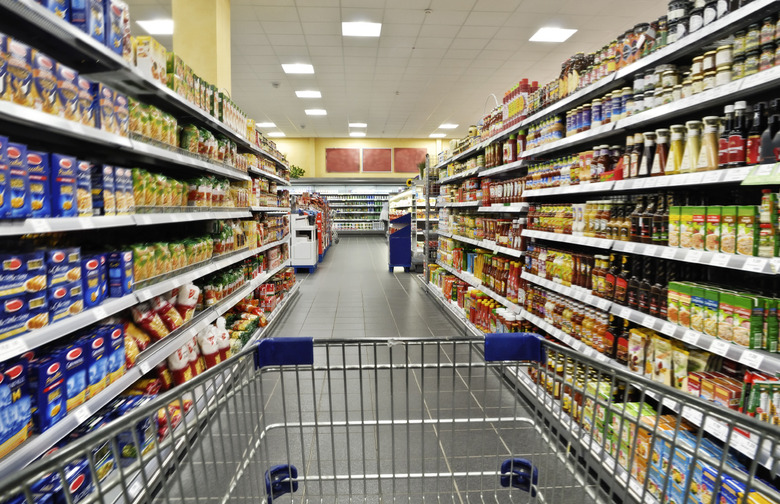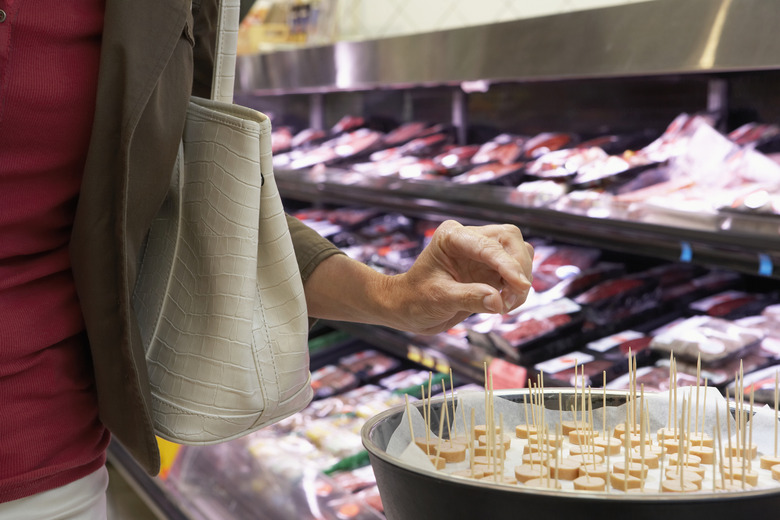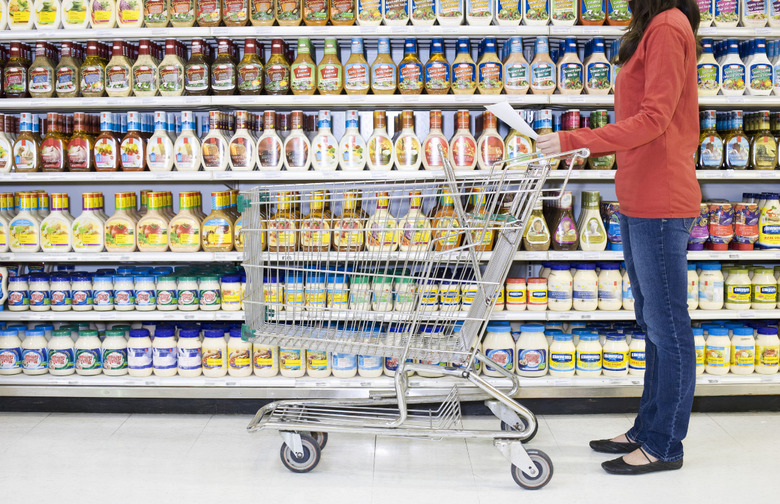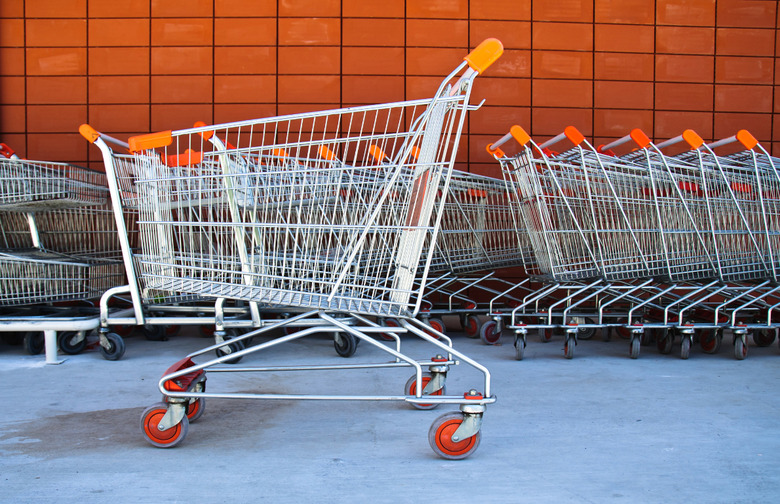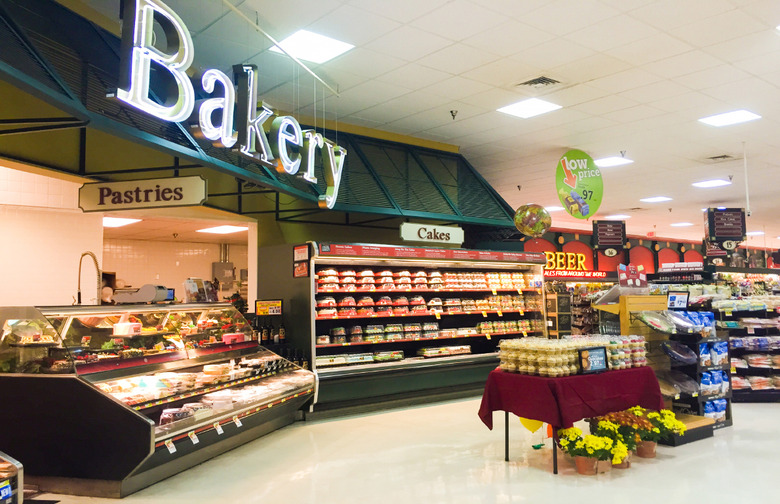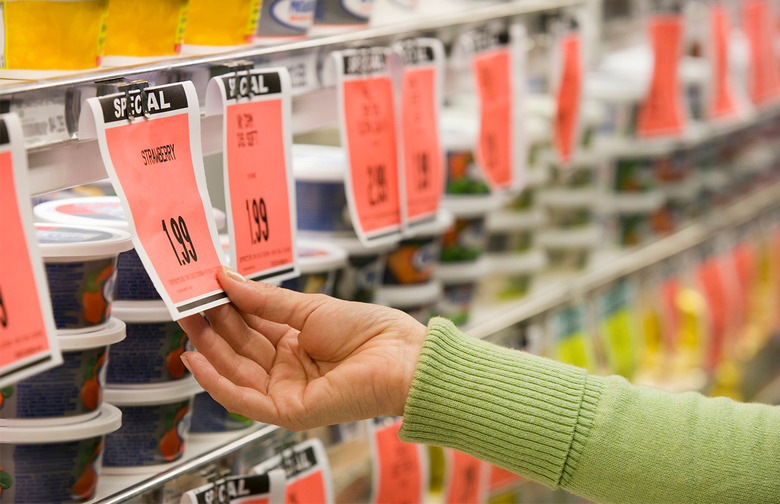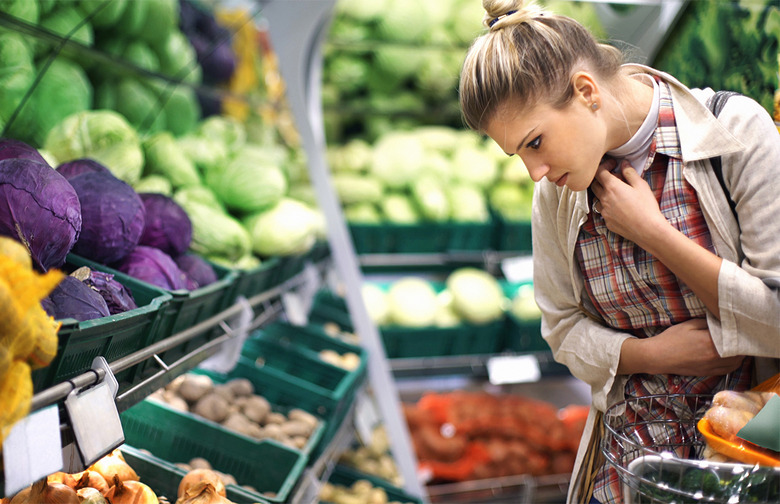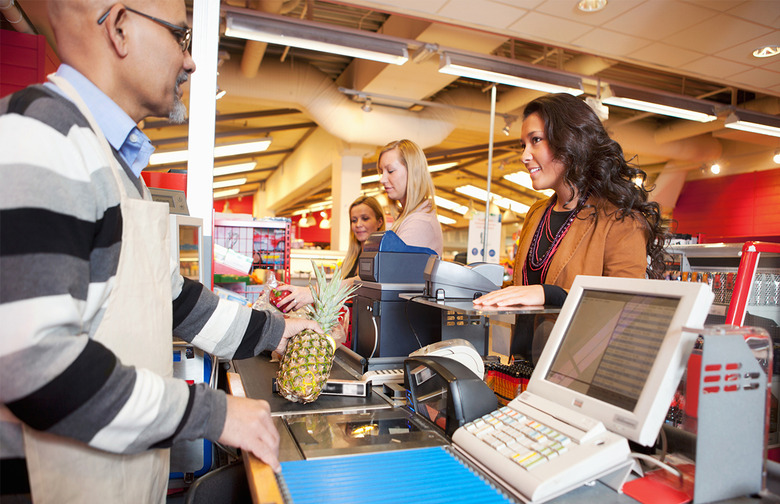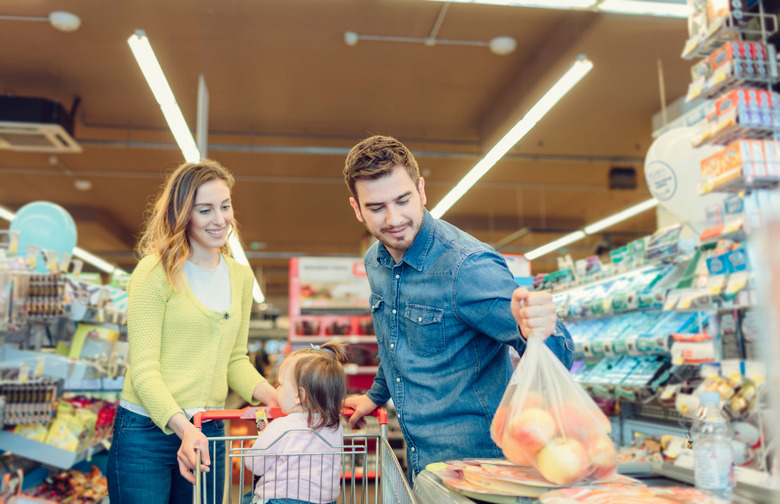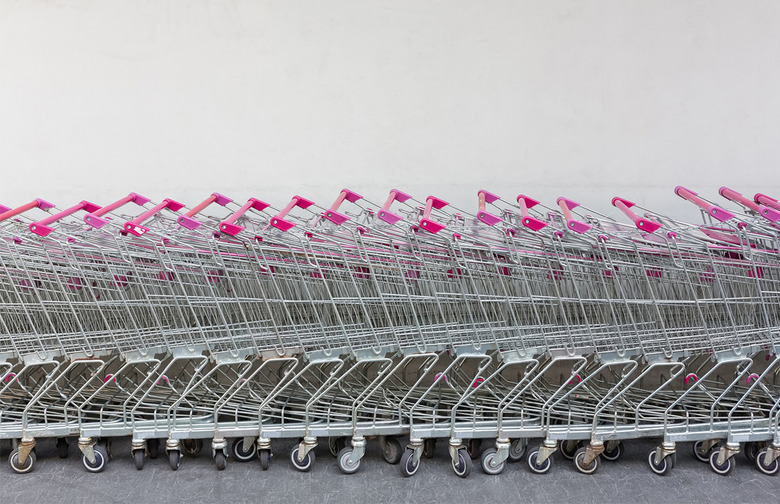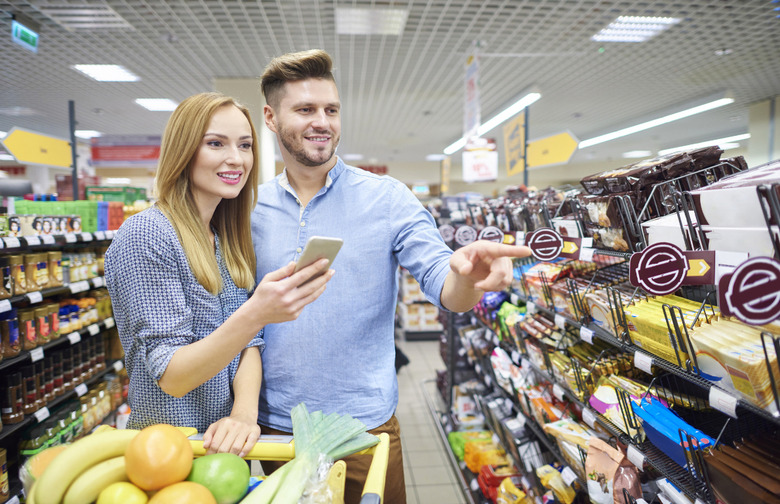20 Ways Supermarkets Trick You Into Spending More Money Gallery
Going grocery shopping is one of those things we usually don't give much thought to. We grab our shopping list, choose our cart, walk around the store, pick out the food we want, pay, and leave. But in reality, every supermarket is a well-oiled machine, hell-bent on getting you to spend as much money as possible without even realizing it. They're got a few tricks up their sleeves to make sure that happens.
The typical supermarket sells more than 50,000 items, and getting them onto the shelves, keeping them in stock, and selling them before they expire can be a Herculean task. There's meat and the deli counter on one side, fresh fruit and vegetables on the other, bread in the corner, eggs and dairy in the back, and packaged goods taking up the shelf space in the middle. And while it might all look like chaos, the layouts are actually very scientific, and everything is where it is for a reason.
Giving the customer the impression that everything is as fresh as possible is a major priority of supermarkets, as is making as much money as possible. Supermarket companies have had decades to perfect their methods of convincing you to buy the slightly more expensive item, to make that impulse purchase in the checkout aisle, to buy more fruit and vegetables than you probably need — and they're very, very good at getting you to part with your money. Read on to learn about 10 tried-and-true tactics they use, and remember the two rules of thumb for not overspending while grocery shopping: Don't shop hungry, and stick to your list.
Bread Is Sold in Paper Bags
Flowers and Baked Goods Make You Hungry
When it's inundated with great smells as soon as you enter the store, your brain will be tricked into thinking it's hungry. And the hungrier you are, the more money you're likely to spend.
Foods Are Partnered Up
It makes a lot of sense to put dip right next to the chips; if you're buying chips, you're probably buying salsa too, right? But even if you aren't, you'll be more inclined to do so because they're right next to each other.
High-Margin Items Are Near the Entrance
When you first walk into the supermarket, you're ready to spend some money and open to temptation. This is why the most profitable items, like baked goods, rotisserie chicken, and flowers, are up front and center.
Lots of Items in the Circulars Aren’t Actually on Sale
Those big newspaper inserts aren't actually intended to save you money: They're supposed to make you buy stuff you don't need just because you think they're on sale. Make sure you double-check every coupon you're going to use; in some cases, the price advertised is exactly the same as the non-coupon price!
The ‘Endcaps’ Are Optimized
The space at the end of each aisle is prime territory, and brands spend lots and lots of money to be featured there. These high-profile spots are usually the best place to showcase sodas, snacks, beer, and other impulse-friendly purchases, because if you see them, you'll be more inclined to buy them.
Prepackaged Food and Prepared Foods Are the Same Thing at Different Prices
In many supermarkets, the pre-sliced deli offerings and the slice-to-order selections are pretty much the same thing, with the pre-sliced packages costing less than the sliced-to-order options.
The Aisles Are Like Racetracks
Almost all supermarkets adopt this very specific floorplan, with long, straight parallel aisles that force customers to walk the whole length of the aisle before turning and doing the same thing, over and over again. Giving customers more time to potentially buy unnecessary items.
Sample Stations Introduce Temptation
These tricky and tasty pit stops aim to slow down shoppers and present new products to them — including some that they probably didn't come in looking for.
Shelves Are Stocked Strategically
We've already gone over why the fruit and vegetables are always by the entrance, but what about the arrangement of food in the aisles? You're more likely to purchase food you see first, so the most expensive items are usually at eye level, with the less expensive ones on the top and bottom shelves. Oh, and the items that are geared toward children? Those are slightly lower down on the shelf, so they're at the eye level of kids.
Shopping Carts Are Bigger Than They Need to Be
The Music Is Slow
If you walked into your local supermarket and death metal were blasting over the sound system, you'd most likely quickly grab what you need and high-tail it out of there. But when slow music is playing, especially oldies or other generally pleasing tunes, you automatically feel better, slow down, and are willing to spend more time — and money — in the store.
Some ‘Deals’ Are Sneaky
You have almost certainly seen if not been duped by a deal promising x amount of a product for x dollars. Ten cans of something for $10 may seem like a bargain, but sometimes, when comparing the final price with the price per unit, you'll find that 10 for $10 is actually more per unit than the original unit price.
That Mist Only Makes Fruits and Vegetables More Appealing
Sure it makes the produce look a lot more appealing, but it actually doesn't do much in terms of keeping the fruits and vegetables fresher for longer. If anything, it can make them rot faster and contribute to the overall weight that you will be paying for.
The Checkout Line Is a Gamut of Temptation
All those shiny magazines, candies, gums, and gadgets are in the checkout line because supermarket owners know that you'll be forced to stare at them while you wait your turn. Admit it: You've absentmindedly grabbed something from the checkout line at some point.
The Checkout Lines Are Tight for a Reason
Have you ever been waiting in the checkout line when you decide that there's an item you'd rather leave behind? Good luck finding a place to put it down; they've been designed so you make the subconscious decision to just purchase it instead of trying to wedge it behind the Life Savers.
Shopping Carts Make Big Purchases Easy
The shopping cart was actually invented to make buying large purchases easier than ever, thus encouraging shoppers to buy more during each trip to the supermarket.
Things Can Be Difficult to Find
Have you ever had a tough time finding exactly what you need? It's certainly no accident! Supermarkets actually want you to wander around in search of items so you end up spending more time in the store, which gives them more opportunity to tempt you into buying things you initially had no intention of buying.
There’s Something Fishy at the Seafood Counter
No, it's not the quality of the seafood, but rather the prices! Most of the fish you can find in a lot of supermarkets that seems fresh has actually been previously frozen (it should say on the label, but the writing might be deliberately small). By choosing to buy fish that is still frozen and in the freezer section, you could save yourself some serious pennies.
Bright Colors Are Arranged to Greet You
Fruit is also at the front of the store, just like flowers; brightly colored items lift spirits and put shoppers in a good mood, which might cause them to make more purchases. Don't be fooled by these sneaky supermarket tricks! Fight fire with fire and use these 24 tips and tricks for saving money at the supermarket and walk out, bags in hand, knowing you haven't been duped into spending more money than you meant to.
